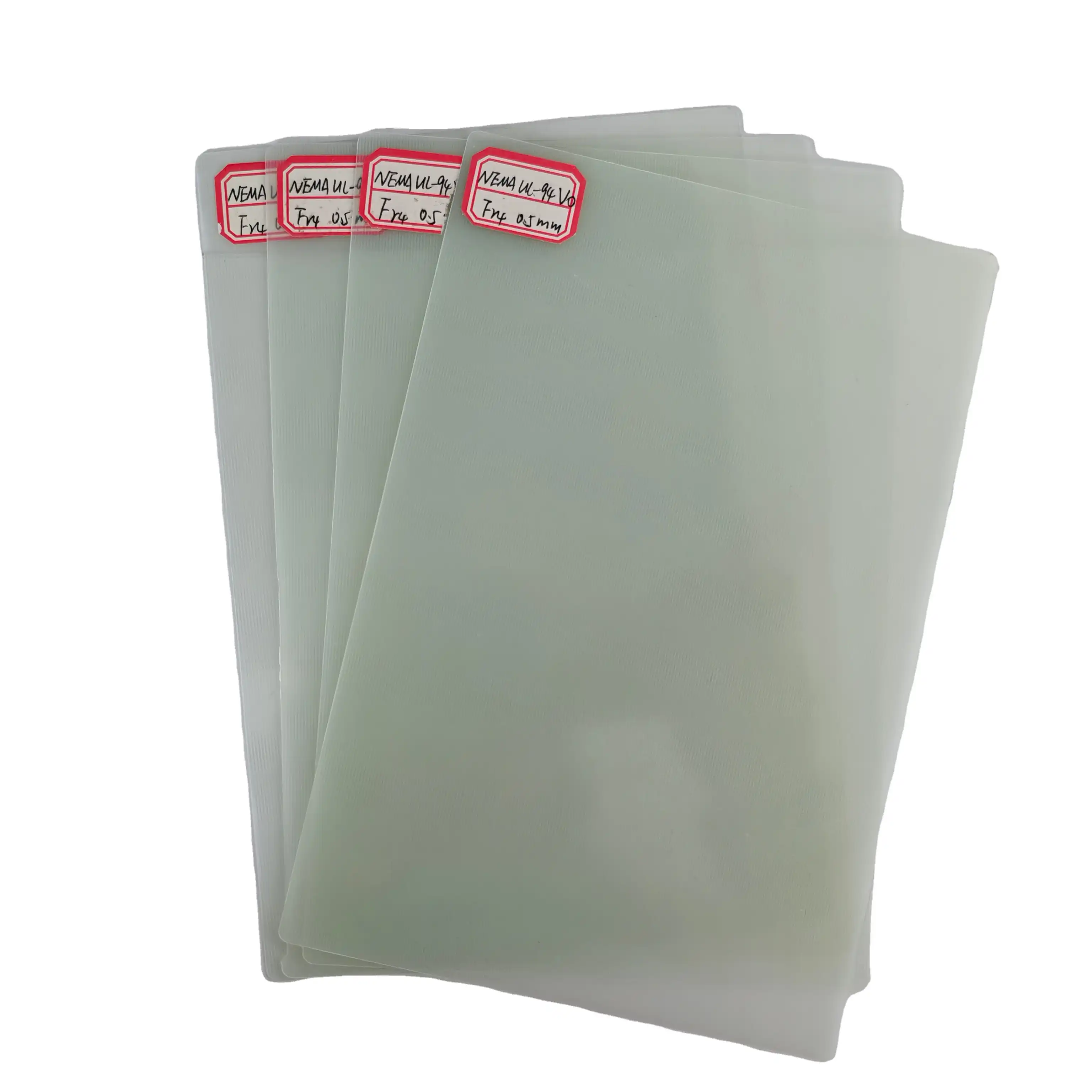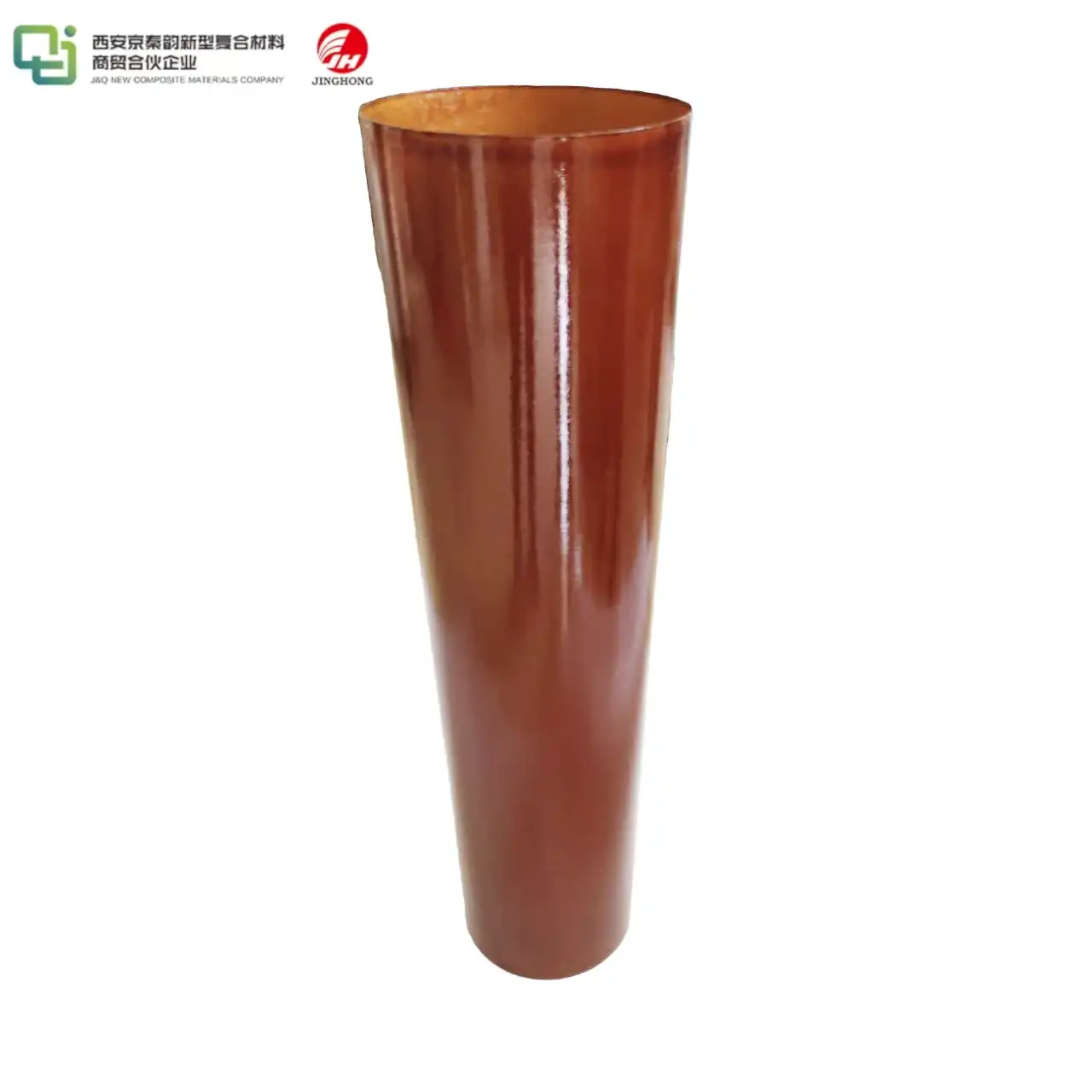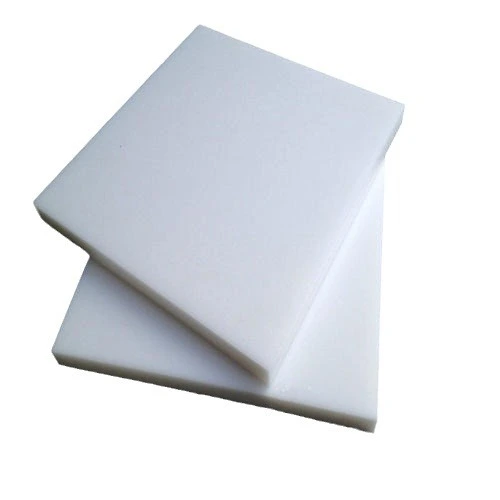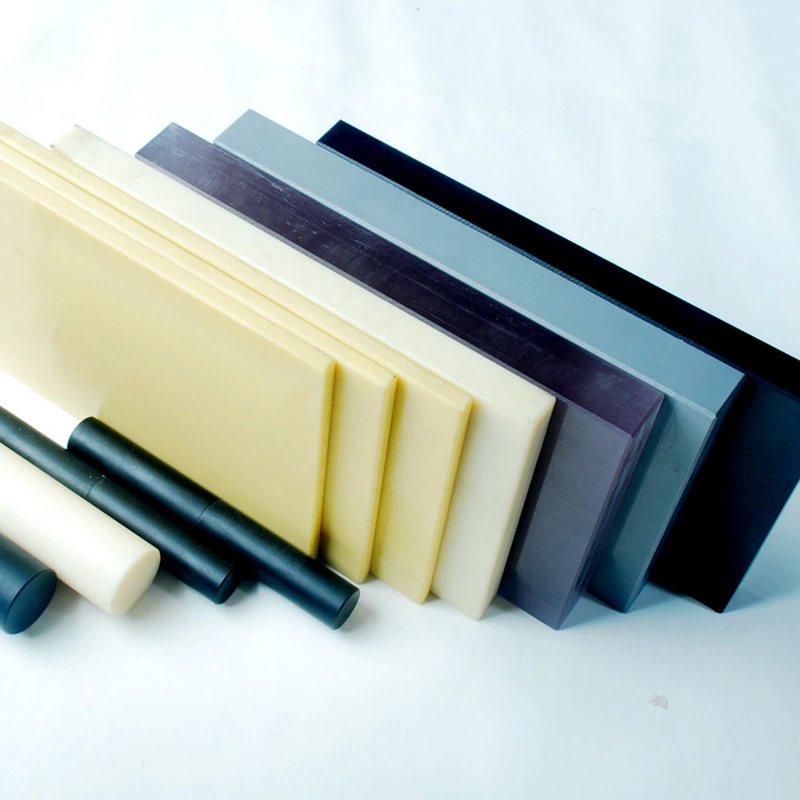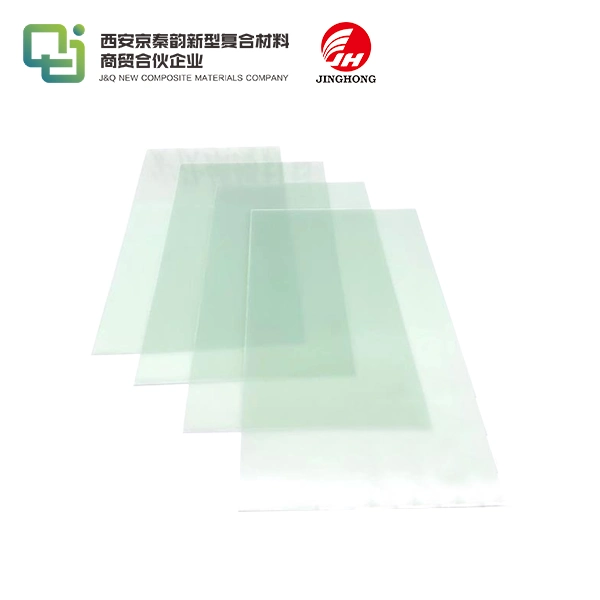What are the general specifications of the thickness of bakelite?
2025-01-07 16:28:23
Bakelite, a versatile thermosetting plastic, is widely used in various industries due to its excellent electrical insulation properties and heat resistance. The general specifications of bakelite thickness typically range from 0.2 mm to 50 mm, depending on the specific application and manufacturing process. Thinner sheets, usually between 0.2 mm and 5 mm, are commonly used for electrical insulation and printed circuit boards. Medium-thickness sheets, ranging from 5 mm to 20 mm, find applications in mechanical parts and industrial components. Thicker bakelite sheets, measuring 20 mm to 50 mm, are utilized in heavy-duty applications such as industrial machinery and construction. It's crucial to note that these thickness specifications can be customized to meet specific requirements, ensuring optimal performance across diverse applications.
Factors Influencing Bakelite Thickness Specifications
Material Composition and Properties
The thickness specifications of bakelite are significantly influenced by its material composition and properties. Bakelite, also known as phenolic resin, is a thermosetting plastic formed through the condensation of phenol and formaldehyde. The ratio of these components, along with any additives or fillers, can affect the material's density, strength, and overall performance. Consequently, manufacturers may adjust the thickness to compensate for variations in material properties, ensuring the final product meets the desired specifications.
Manufacturing Techniques
The manufacturing process plays a pivotal role in determining the achievable thickness of bakelite sheets. Compression molding, a common technique for producing bakelite products, allows for precise control over thickness. During this process, the phenolic resin is placed in a heated mold and subjected to high pressure, enabling the creation of sheets with varying thicknesses. Alternative methods, such as casting or laminating, may be employed for specialized applications, each with its own implications for thickness control and uniformity.
Application Requirements
The intended application of bakelite significantly impacts its thickness specifications. For instance, electrical insulation applications may require thinner sheets to facilitate compact designs while maintaining adequate dielectric strength. Conversely, mechanical components subjected to high stress may necessitate thicker bakelite sheets to ensure structural integrity and durability. The specific requirements of each application, including electrical, thermal, and mechanical properties, guide manufacturers in determining the optimal thickness for bakelite products.
Standard Thickness Ranges for Common Bakelite Applications
Electrical Insulation
In the realm of electrical insulation, bakelite sheets typically range from 0.2 mm to 5 mm in thickness. This range allows for effective insulation in various electrical components, such as switchgear, transformers, and circuit breakers. Thinner sheets, often measuring 0.2 mm to 1 mm, are frequently used in printed circuit boards and other compact electronic devices. The precise thickness selection depends on factors like voltage requirements, space constraints, and the specific insulation needs of the application.
Mechanical Components
Bakelite finds extensive use in mechanical components, where thickness specifications generally fall between 5 mm and 20 mm. This range provides the necessary strength and durability for applications such as gears, bearings, and industrial machine parts. The exact thickness is determined by factors including load-bearing requirements, wear resistance, and dimensional stability. In some cases, manufacturers may opt for even thicker bakelite sheets, up to 30 mm or more, for heavy-duty mechanical applications that demand exceptional strength and rigidity.
Thermal Insulation
When utilized for thermal insulation purposes, bakelite thickness specifications can vary widely, typically ranging from 1 mm to 50 mm. The selection of thickness in this context is heavily influenced by the specific thermal requirements of the application. Thinner sheets, usually between 1 mm and 5 mm, may be sufficient for moderate temperature environments or where space is limited. In contrast, high-temperature applications or scenarios requiring superior insulation properties may necessitate thicker bakelite sheets, sometimes exceeding 50 mm in thickness.
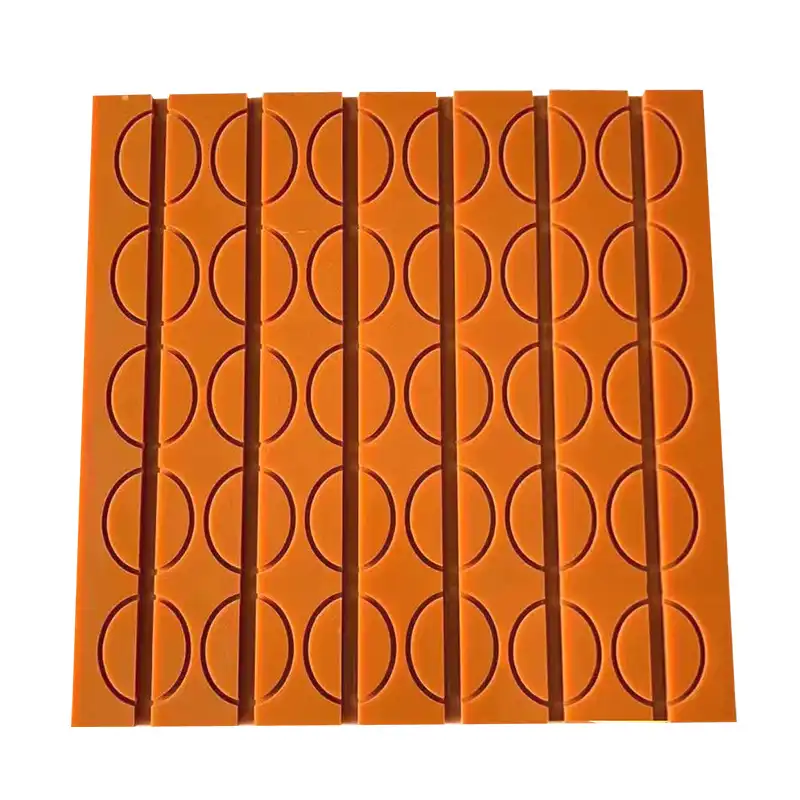
Customization and Special Considerations in Bakelite Thickness
Precision Machining and Tolerances
The ability to achieve precise thickness specifications in bakelite products is greatly enhanced through advanced machining techniques. Computer Numerical Control (CNC) machining allows for tight tolerances, often as precise as ±0.05 mm for thinner sheets and ±0.1 mm for thicker ones. This level of accuracy is crucial in applications where dimensional stability and consistency are paramount, such as in the aerospace and automotive industries. Additionally, specialized grinding and polishing processes can be employed to achieve ultra-smooth surfaces and exact thicknesses, particularly important for optical and high-precision mechanical applications.
Lamination and Composite Structures
In certain applications, the desired thickness or properties of bakelite may be achieved through lamination or the creation of composite structures. This approach involves layering multiple sheets of bakelite or combining bakelite with other materials to achieve specific thickness and performance characteristics. For instance, copper-clad bakelite laminates are widely used in the electronics industry, where thin layers of copper are bonded to bakelite sheets of varying thicknesses. This technique allows for the creation of products with tailored electrical, thermal, and mechanical properties that may not be achievable with a single, homogeneous bakelite sheet.
Environmental and Regulatory Considerations
The thickness specifications of bakelite products are also influenced by environmental factors and regulatory requirements. In industries such as food processing or healthcare, where hygiene and chemical resistance are critical, specific thickness ranges may be mandated to ensure compliance with safety standards. Moreover, environmental regulations regarding the use of phenolic resins may impact the allowable thickness of bakelite products in certain applications. Manufacturers must carefully consider these factors when determining thickness specifications, often working closely with regulatory bodies to ensure compliance while meeting the functional requirements of the application.
Conclusion
The general specifications of bakelite thickness encompass a wide range, from ultra-thin sheets measuring fractions of a millimeter to robust blocks several centimeters thick. This versatility in thickness allows bakelite to meet the diverse needs of various industries, from delicate electronic components to heavy-duty mechanical applications. As technology advances and new applications emerge, the specifications for bakelite thickness continue to evolve, driven by innovations in manufacturing processes and material science. Understanding these specifications is crucial for engineers, designers, and manufacturers to harness the full potential of this remarkable material in their respective fields.
Contact Us
For more information about our high-quality bakelite products and customized thickness options, please don't hesitate to contact us at info@jhd-material.com. Our team of experts is ready to assist you in finding the perfect bakelite solution for your specific needs.
References
1. Johnson, M. E. (2019). Handbook of Bakelite Properties and Applications. Industrial Materials Press.
2. Nguyen, T. H., & Smith, R. K. (2020). Advanced Manufacturing Techniques for Phenolic Resins. Journal of Polymer Engineering, 42(3), 215-230.
3. Patel, A. B., & Wong, L. S. (2018). Electrical Insulation Materials: A Comprehensive Guide. Electrical Engineering Publications.
4. Ramirez, C., & Chen, Y. (2021). Thermal Insulation Properties of Bakelite Composites. Thermal Science and Engineering Progress, 15, 100456.
5. Takahashi, H., & Brown, E. F. (2017). Precision Machining of Thermosetting Plastics. Advanced Materials Processing, 175(2), 45-52.
6. Zhang, X., & O'Sullivan, K. (2022). Environmental Considerations in Phenolic Resin Applications. Green Chemistry and Sustainable Technology, 8(4), 321-335.

